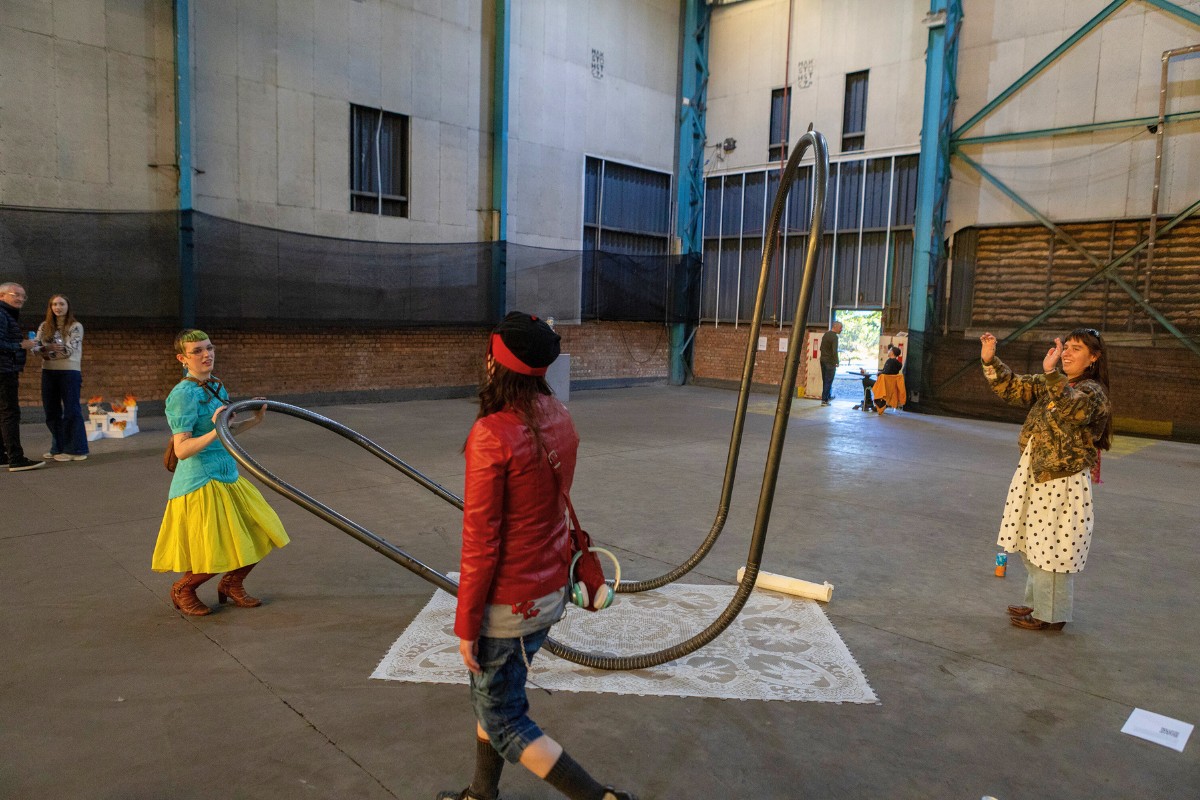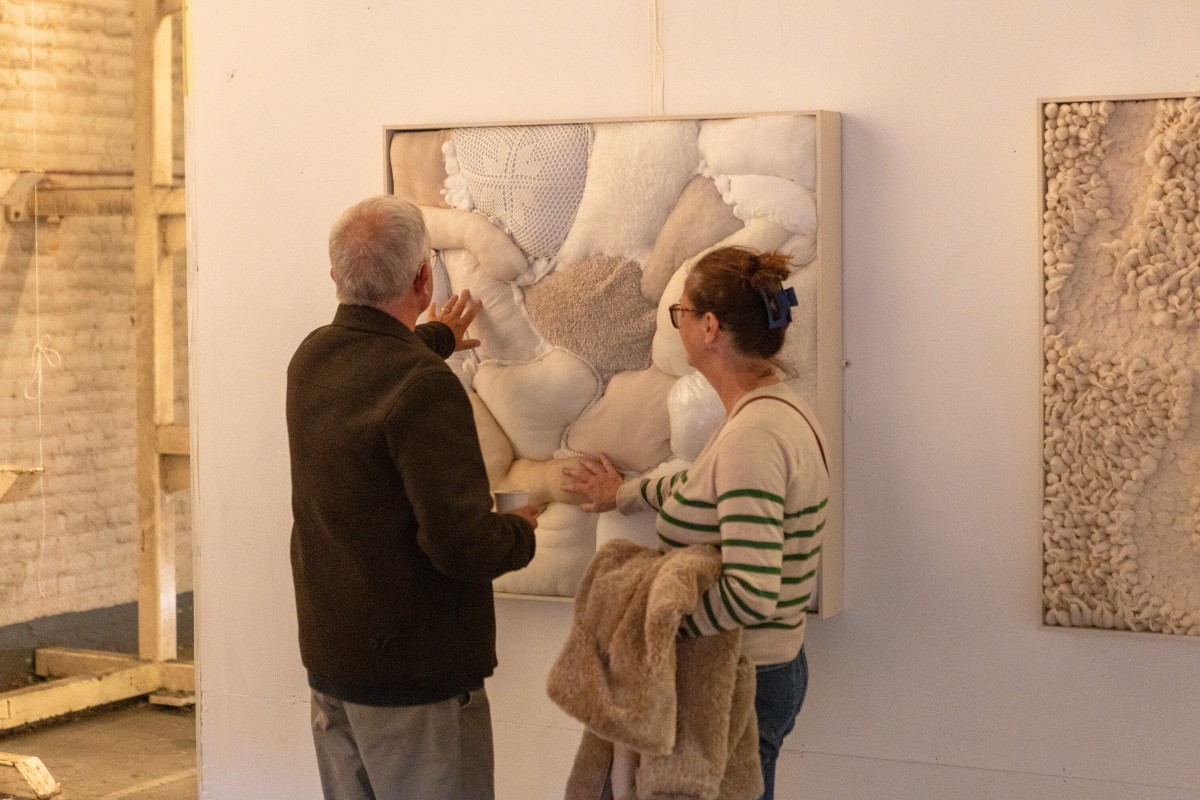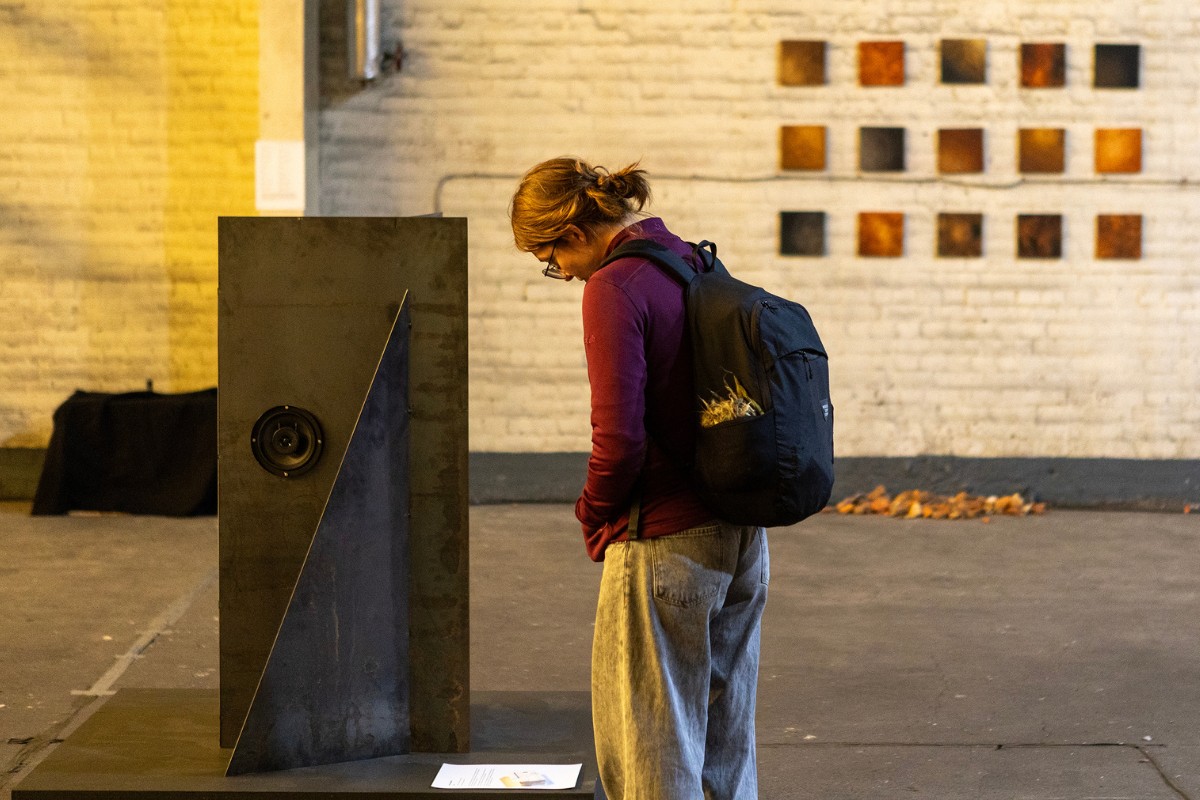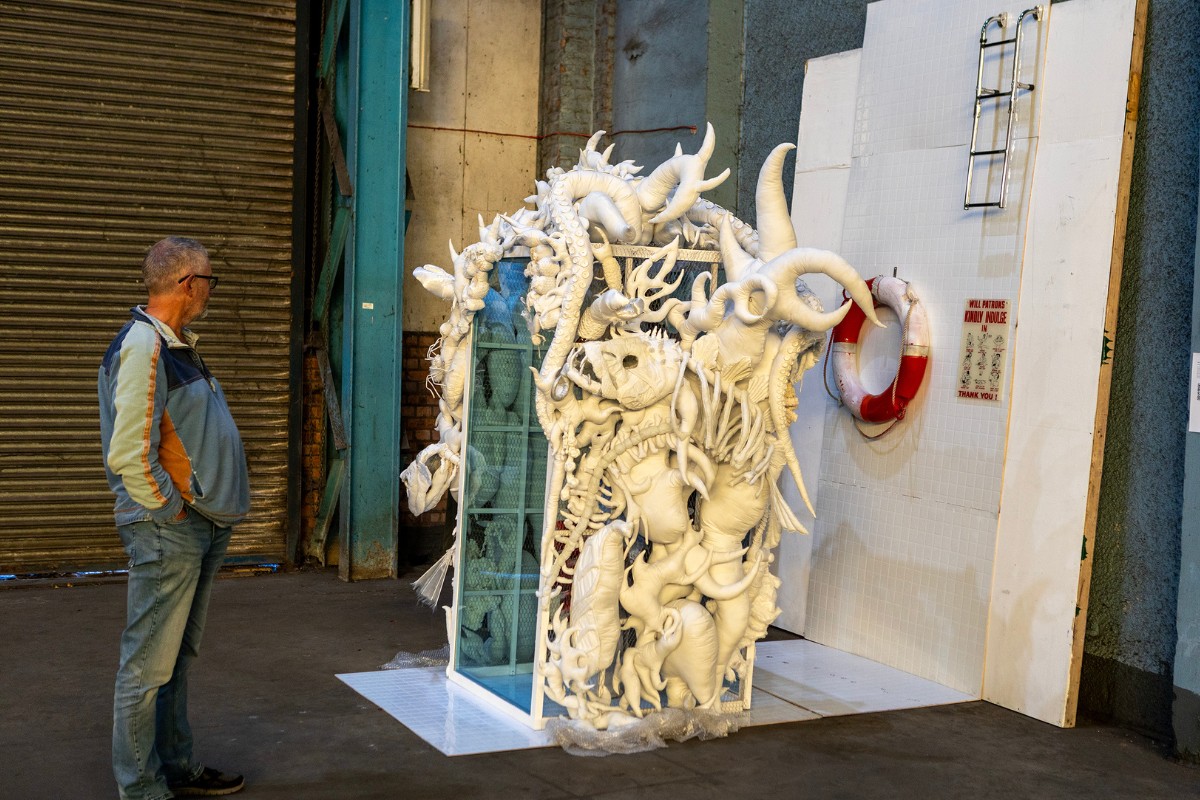

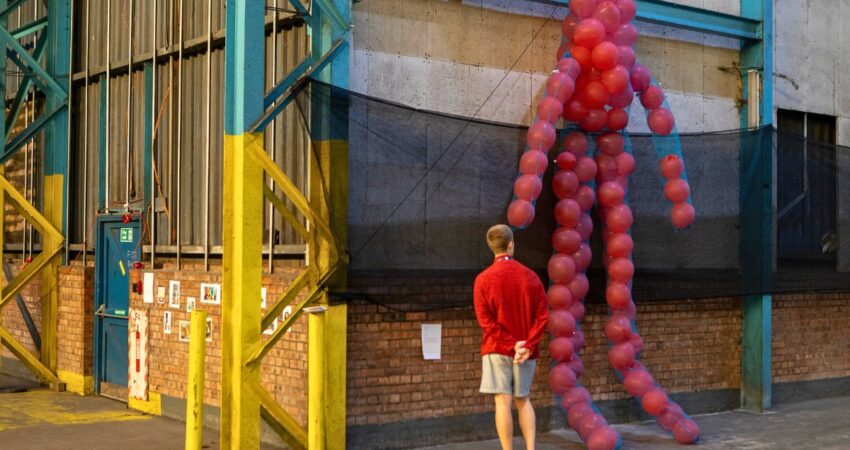
September 2, 2025
Join Hidden Door and Visual Arts Scotland for a stunning new exhibition at The Paper Factory in Edinburgh.
The showcase, entitled “Edge of Matter”, is a collaboration between Hidden Door and Visual Arts Scotland, a leading platform for national and international contemporary artists.
Taking over the vast spaces of the Paper Factory later this month, these bold, brilliant creatives will transform the building with work that defies the limits of traditional galleries, creating a diverse and immersive showcase of work.
Opening Night: 5-7pm on Thursday 25th September
Then 11am-4pm on Friday 26th, Saturday 27th and Sunday 28th
The Paper Factory, 1 Turnhouse Road, Edinburgh EH12 8NP
FREE ENTRY, no booking required
Expect big ideas, experimental forms and unforgettable experiences!
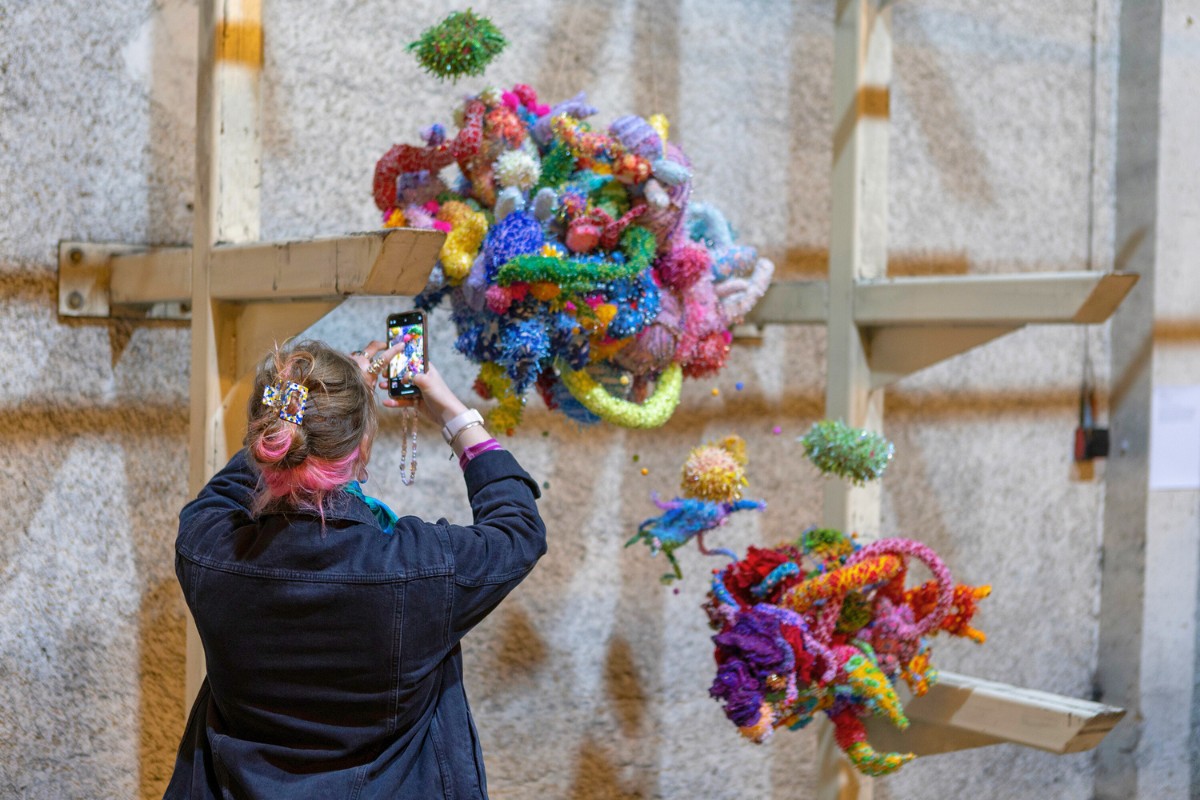
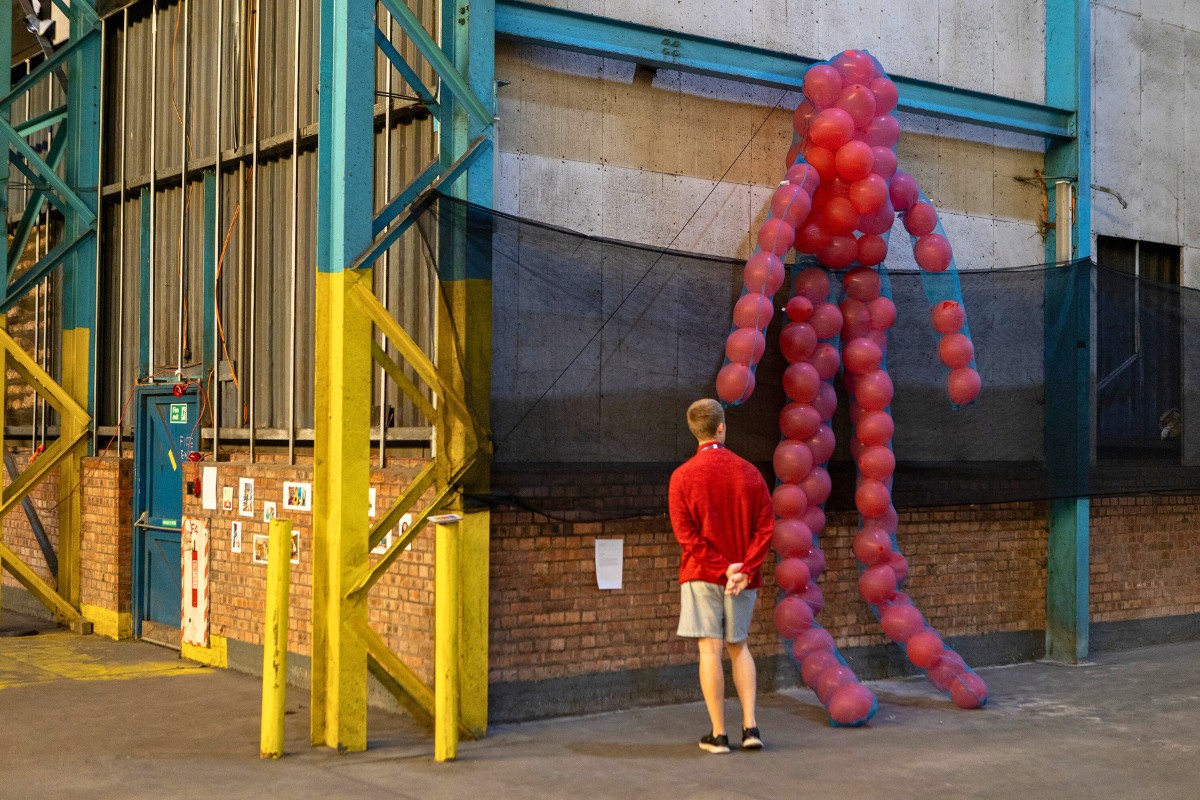
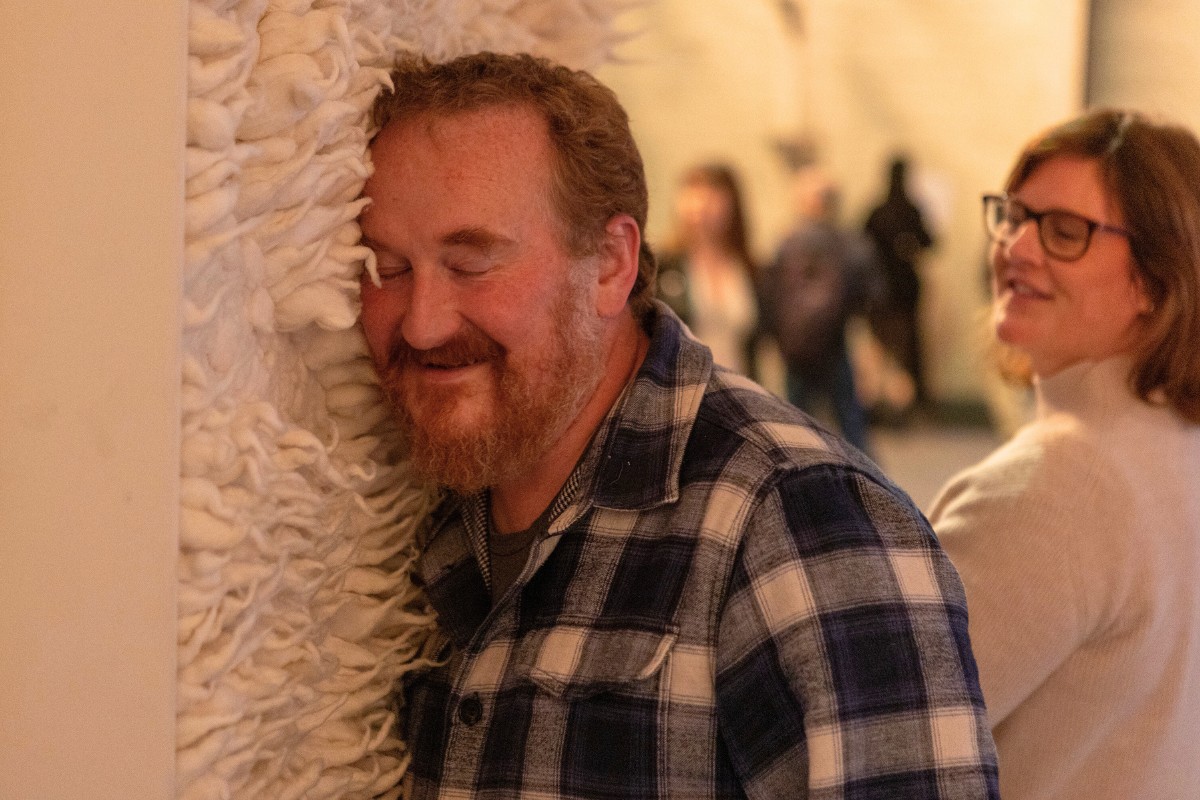
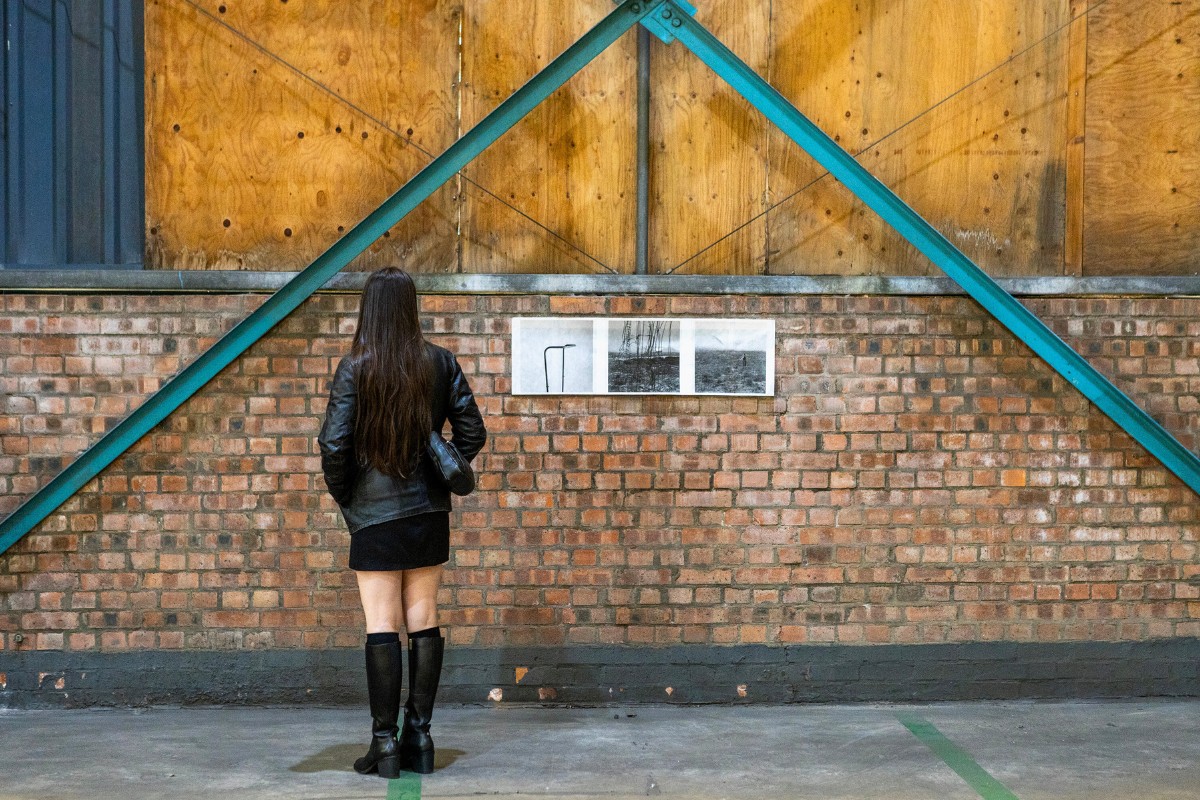
Every year, Visual Arts Scotland selects graduates for their annual showcase. This year they have increased the number of graduates, partnering with Hidden Door to expand this area of work and help emerging talent transition into professional practice.
A shortlist of 22 talented graduates have been selected to showcase their work alongside a cohort of 16 emerging artists chosen by Hidden Door.
The artists selected by Visual Arts Scotland are: Alex Winton, Amy Robson, Daye Allen, Ellis Bairstow, Emilia Munton Evans, Emily McClatchie, Finn Trevor, Holly Stitt, Jan McCormack, Jessie Dundas, Julia Ashe, Kiera Walsh, Kieran Dunning, Laura Compton, Leah Macmillan, Maya Hall de Bueno, Mia Coutts, Natalia Borjarska, Oli Turner, Rose Kelly, Rosie Andrew and Thomas Arnold.
Hidden Door’s selected artists are: Claire Marion Black, Dora Zoi, Eilidh Appletree, Esther Stone, Fae Ross, Fae Rogers, Holly Booth, Irene Aldazabal, Liz McNeill, Maria McStay, Martha Williams, Niamh Finnigan, Rosie Hodgson Smith, Ruaridh Litster-Campbell, San Zhang and Zeena Wright-Al Tai.
The exhibition is kindly supported by Creative Scotland Development Funding and the City of Edinburgh Council’s Local Events Open Fund. Kind thanks also to Bellfield Brewery for providing refreshments for our opening night.
The exhibition is free and open to all ages, but we ask that children under the age of 13 are accompanied by an adult. Please note that some of the artwork explores mature themes. Please contact us if you would like more information to help you plan your visit.
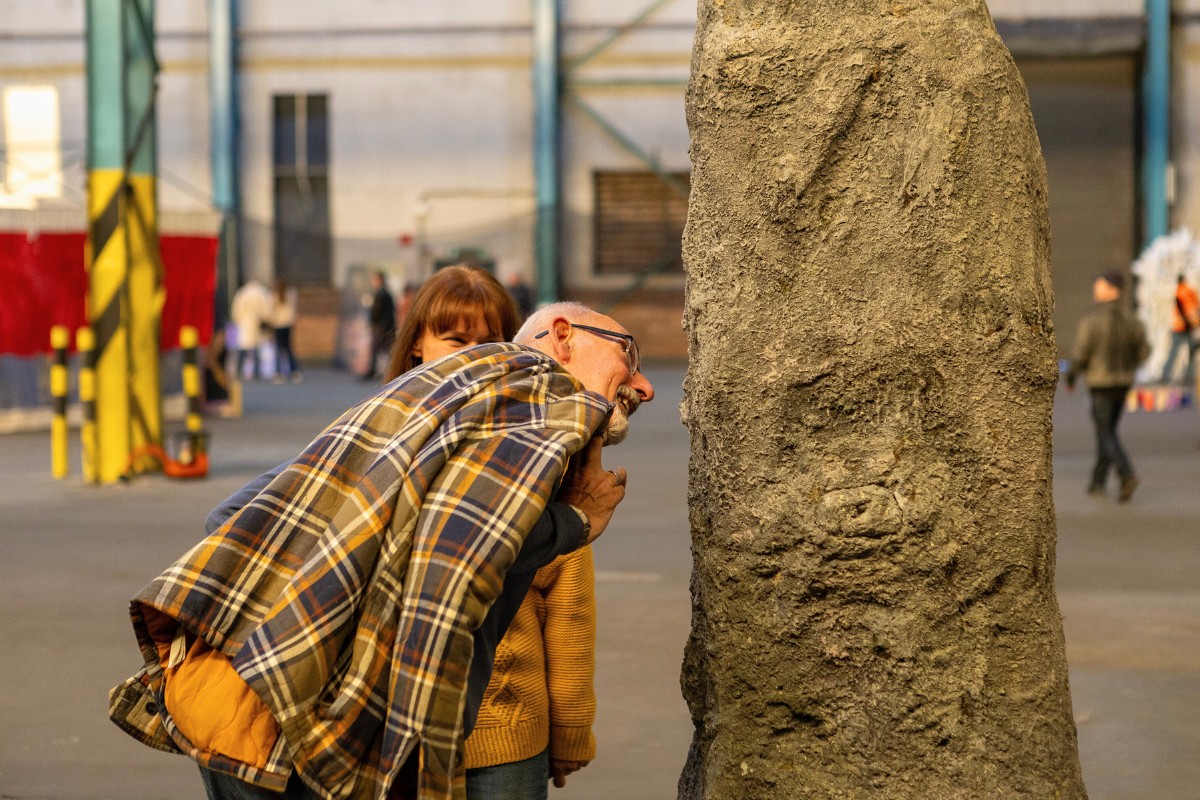
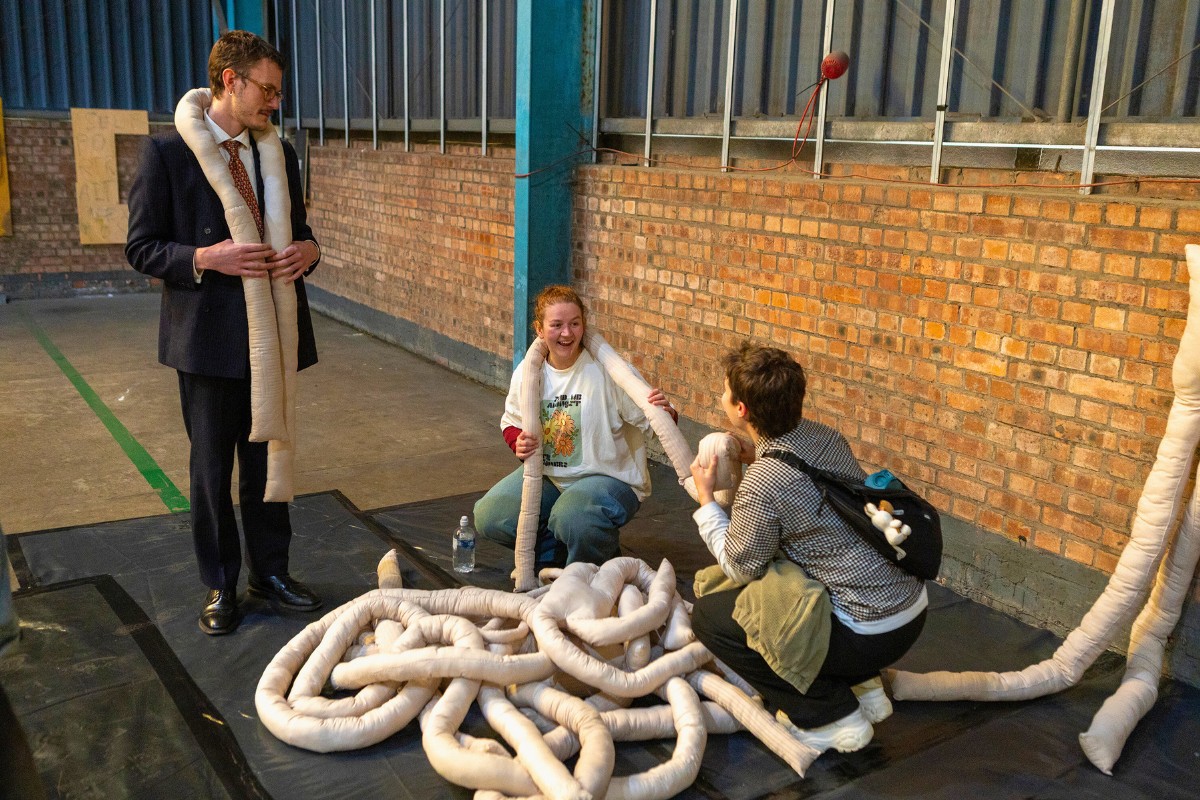
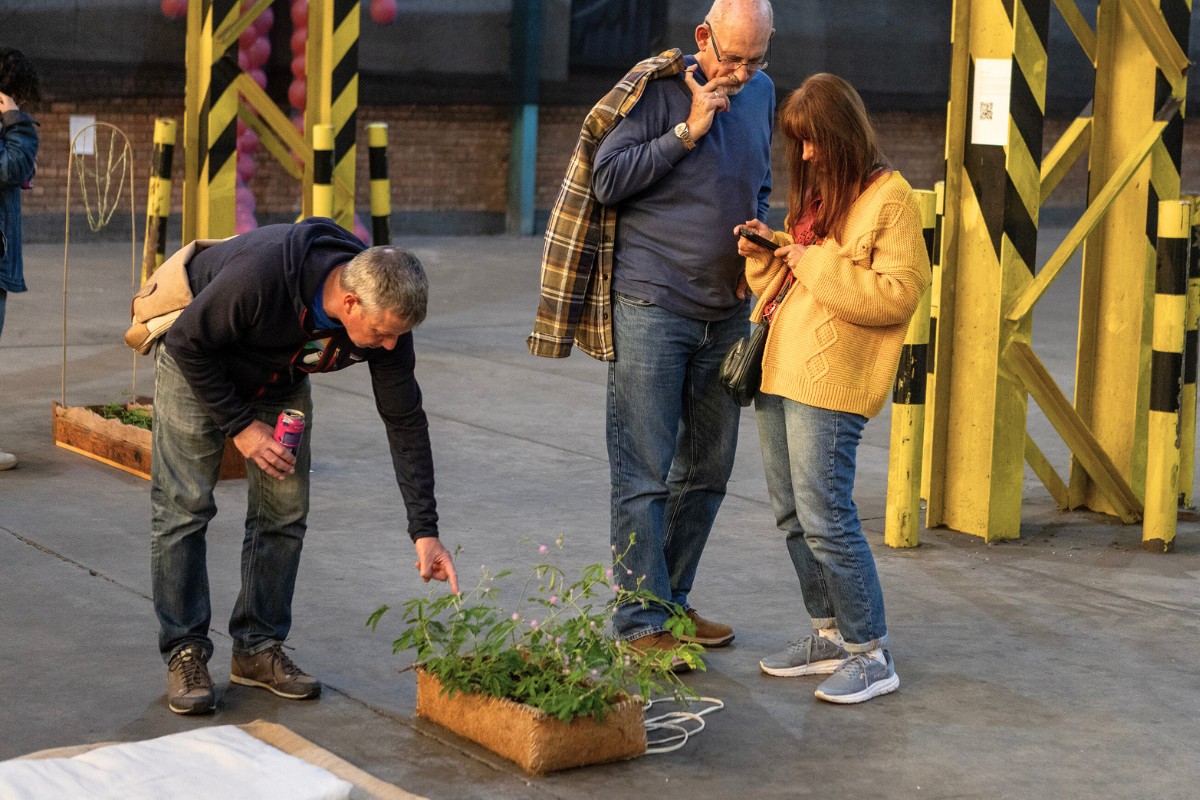
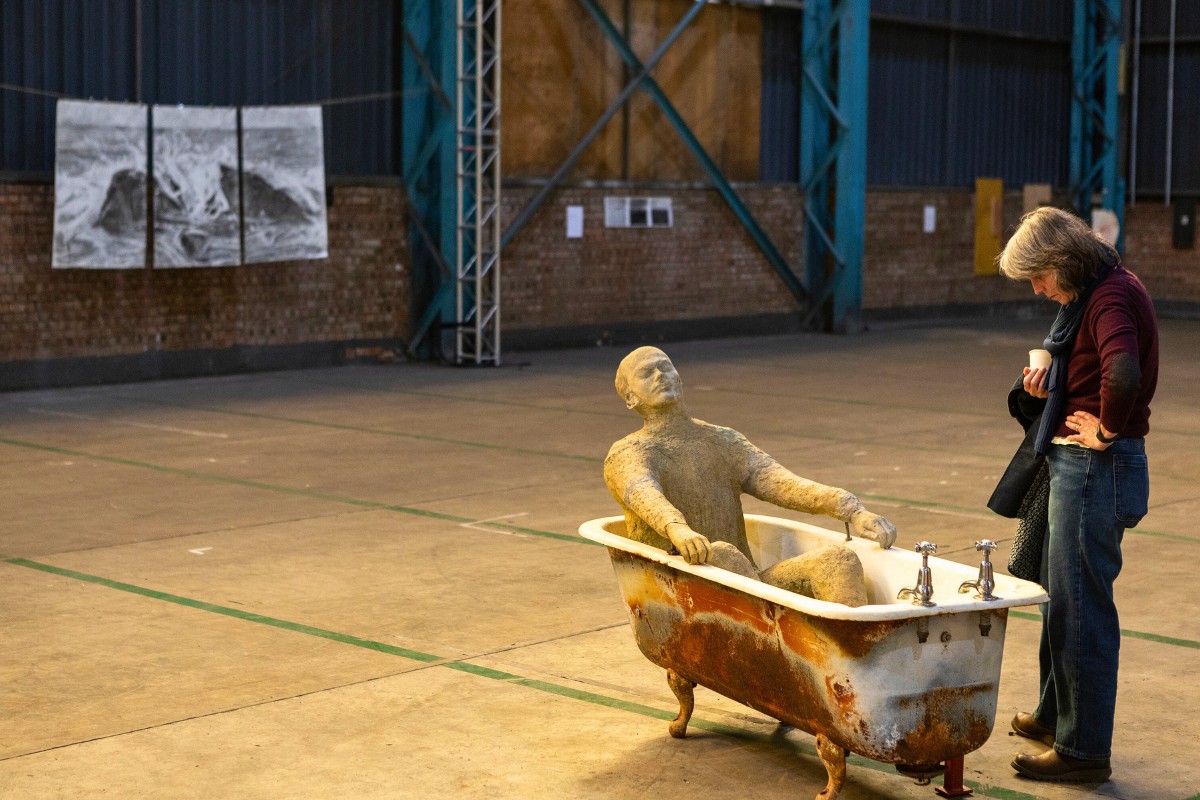
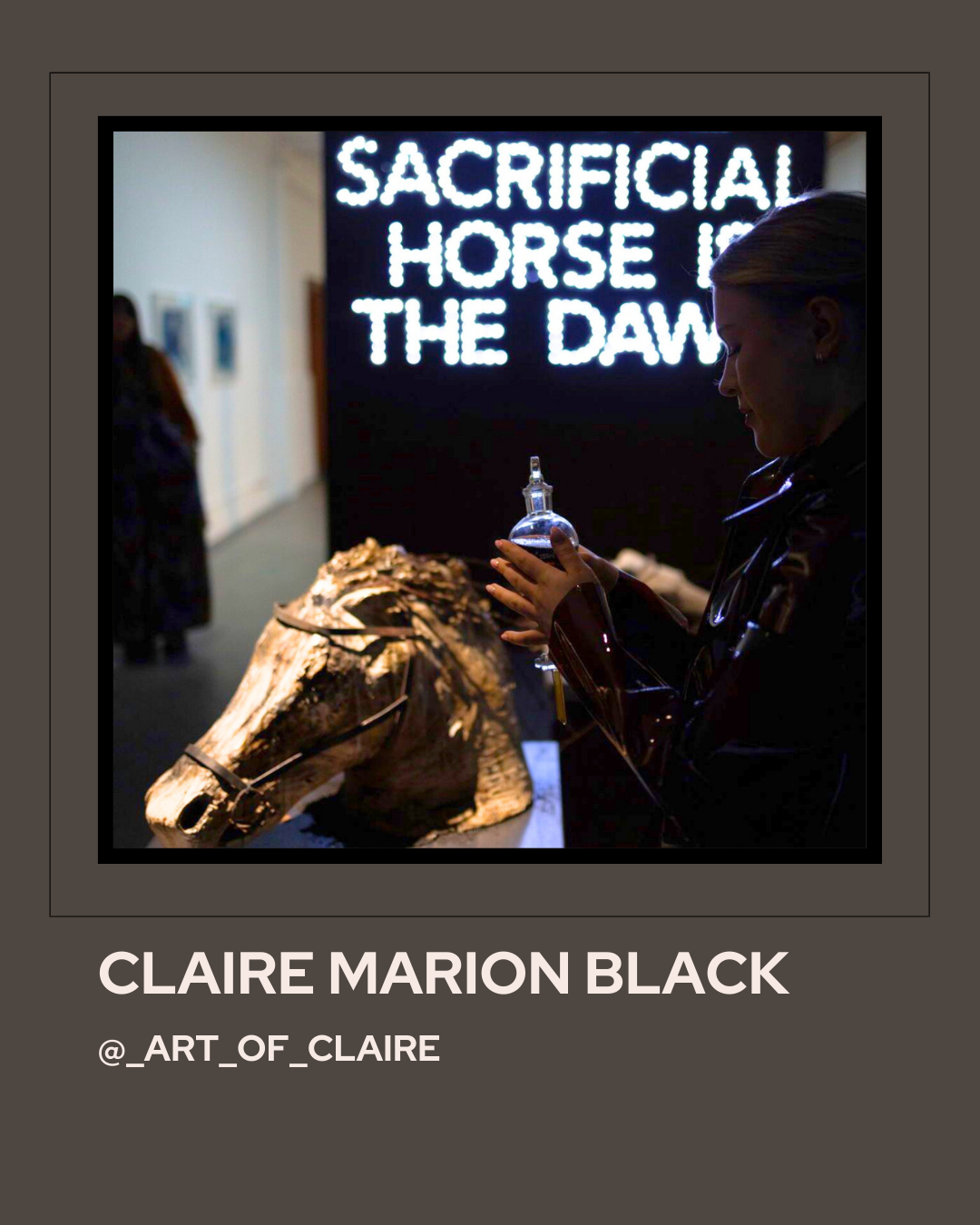
Claire Marion Black’s practice intersects ritual, film, sculpture, and photography to create immersive installations that blend dream-like fictions of the subconscious with the body and landscape. Through ritualised gestures and object-making, she invites a feminist reclamation of mythic narratives, constructing an a-temporal body that recalls a sacred feminine energy. Performance and ritual are central, with the body as subject and site of resistance. Sculptures and installations act as relics or vessels—remnants of transformation. Her work explores states of becoming and the slippage between identity, body, and landscape, where inner-nature, animal intuition, and reimagined power structures give rise to new possibilities.
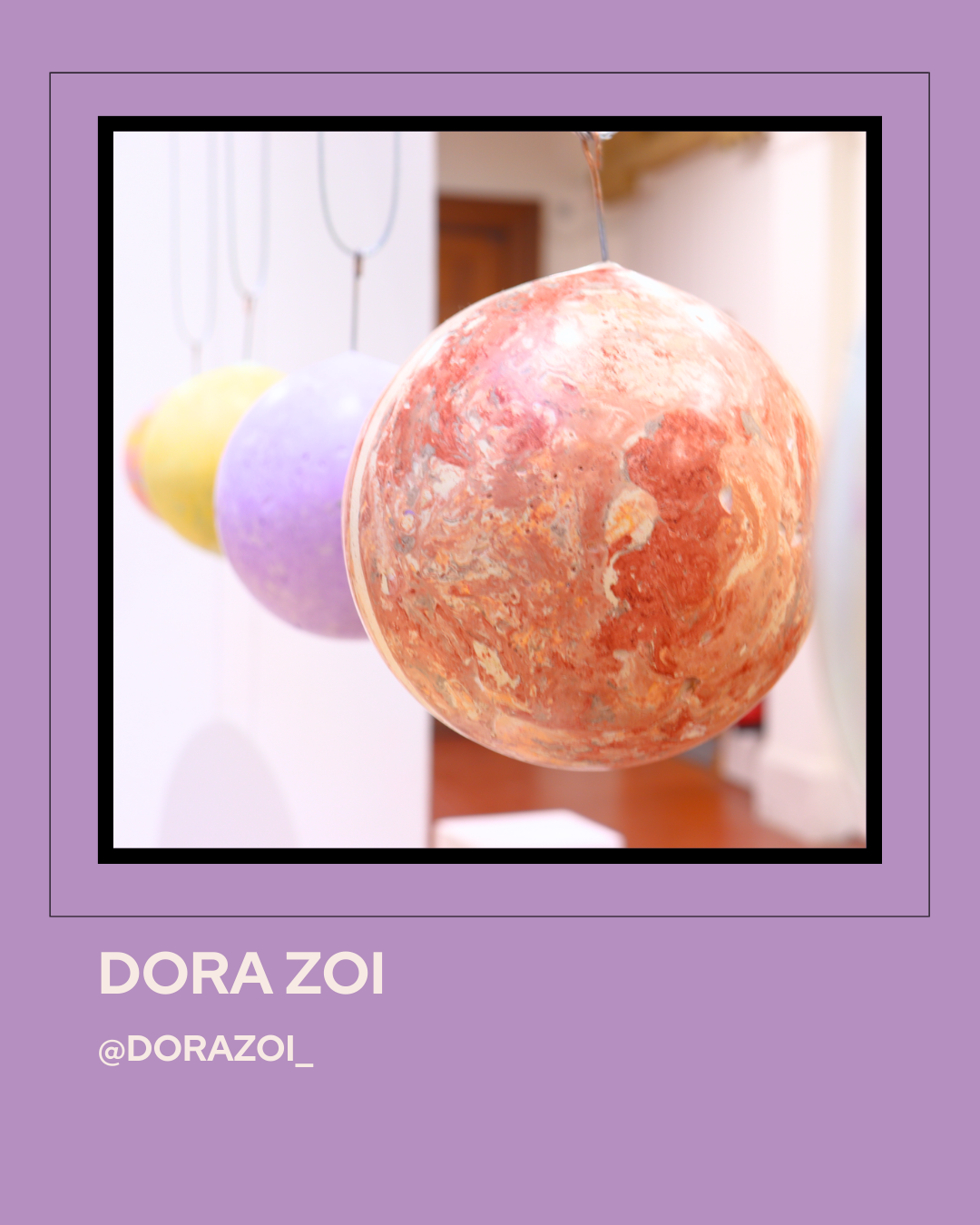
Rather than centering the human alone, Dora Zoi’s practice attunes to the rhythms, resistances, and poetics of other forces such as gravity, space, time, and kinship across species. With a background in physics, Dora understands science not as fixed but as a language that is malleable, imaginative, and shaped by curiosity and ideology. Through sculpture, installation, moving image, and participatory formats, Dora explores how art can expand this language by reclaiming scientific and digital tools as poetic instruments for freedom and transformation. Levitation is a recurring motif in their work, symbolising resistance, freedom, and the desire to transcend what holds us down, whether gravity or systems of control.
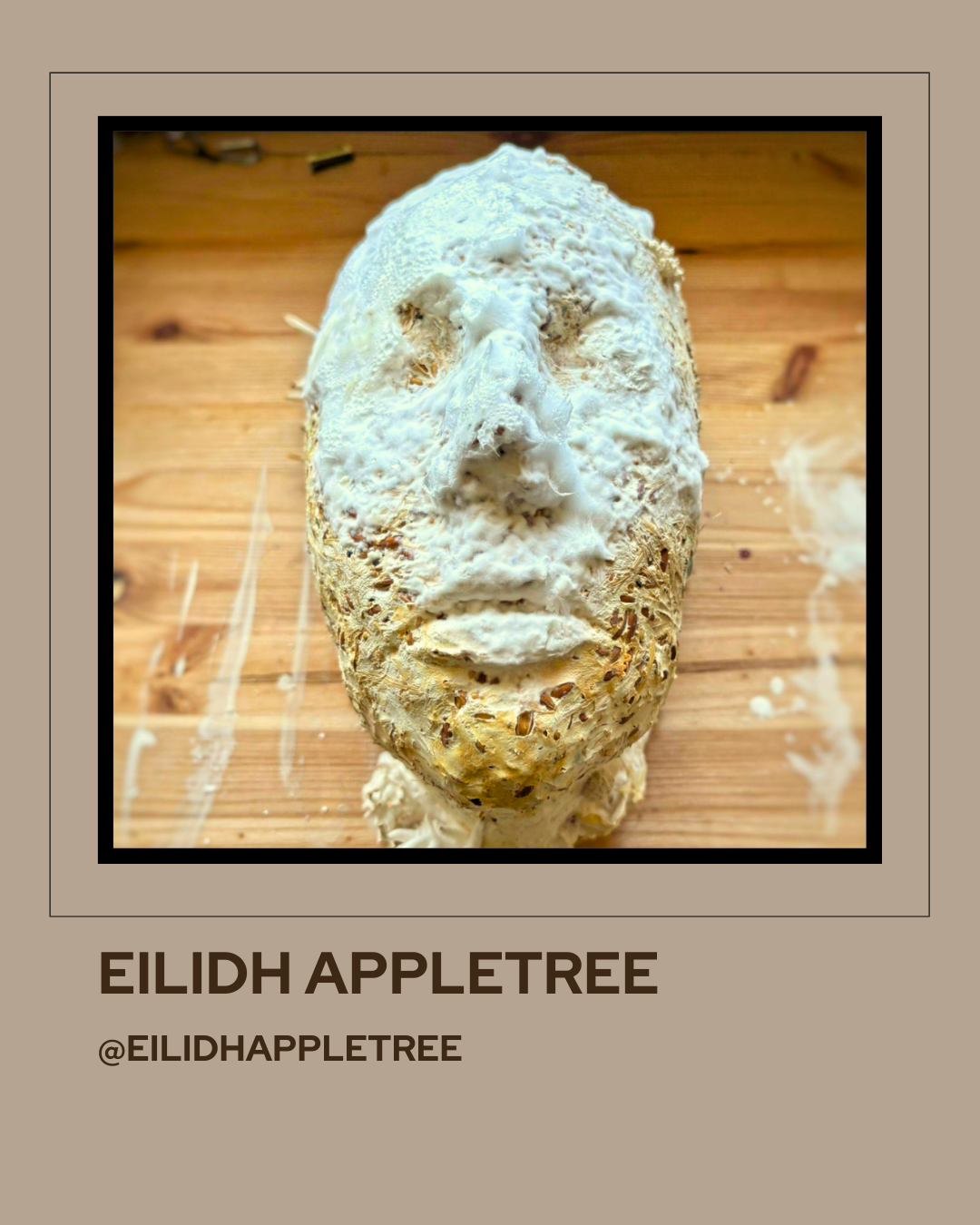
Eilidh Appletree’s practice is rooted in activism. Through the process of mould making and casting, her sculptural works are reminiscent of the everyday. This process of reproduction allows objects to take on an appearance that is instantly recognizable and comforting while the unlikely choice of material creates a sense of the uncanny: a mistrust in the familiar. She is interested in how this process mirrors the reproductive role of women in a capitalist society, creating a continuity in her work between subject matter and material practice. Through the shaping and welding of steel, her work pulls at our associations with industry and of masculine labour while asking us to critique patriarchal and capitalist power structures.
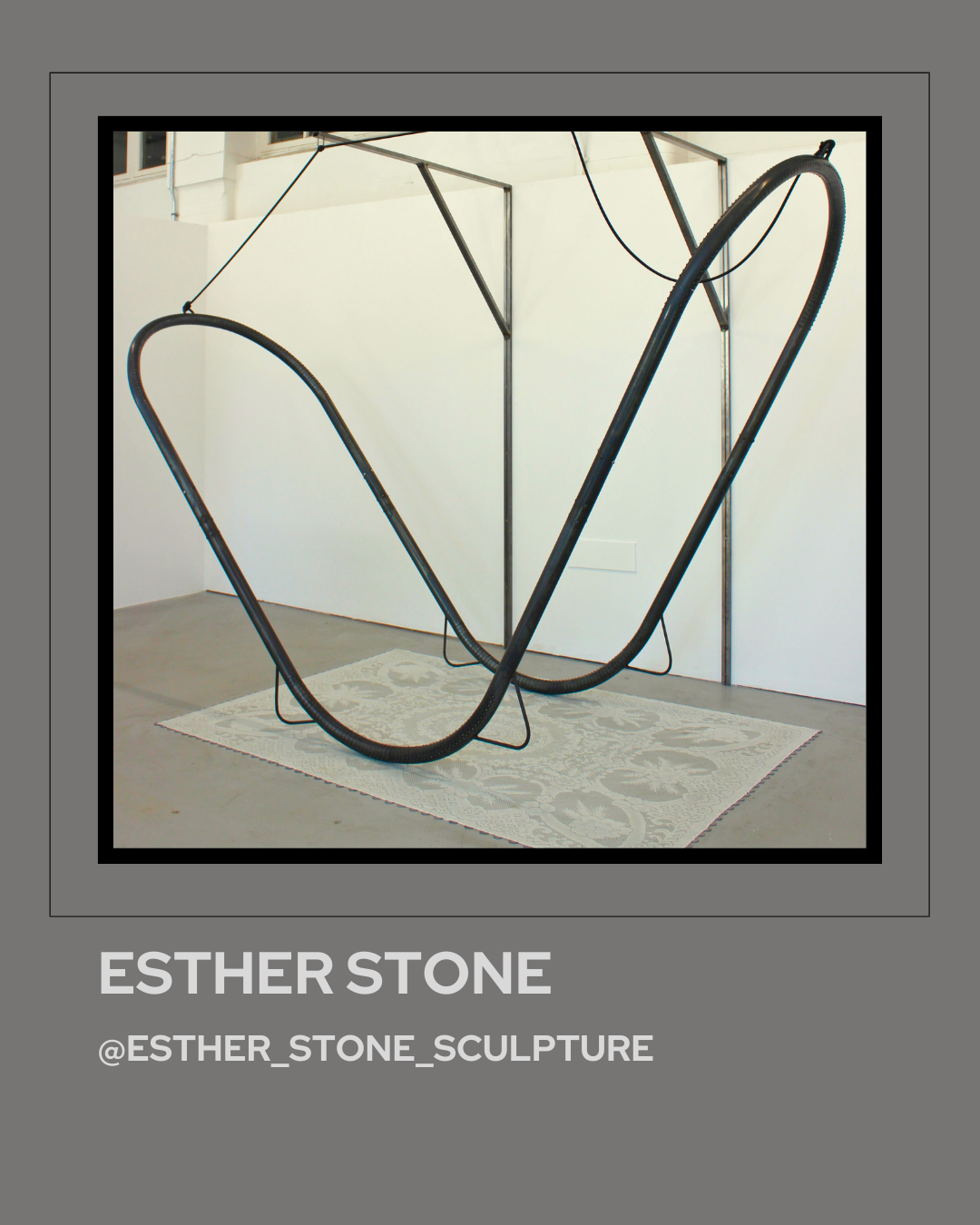
Esther Stone is a Sculptor, based in Glasgow, from West Yorkshire, with an Extended diploma from Leeds Arts University, studying in Switzerland at The Luzern School of Applied Arts and Sciences. Stone graduated with a first class degree from The Glasgow School of Art, through the course SEA in 2025. Gaining a love of large scale, public Steel sculptures. Stone holds a background in Carnival, sewing and performing with Callaloo Carnival Arts and Workshops starting at the Creative arts hub, in 2018 collaborating with a number of arts organisations to teach since, such as The Bold Collective, Glasgow. Stone still holds the audience at the forefront of her practice, making interactive works – workshops a constant focus of her practice.
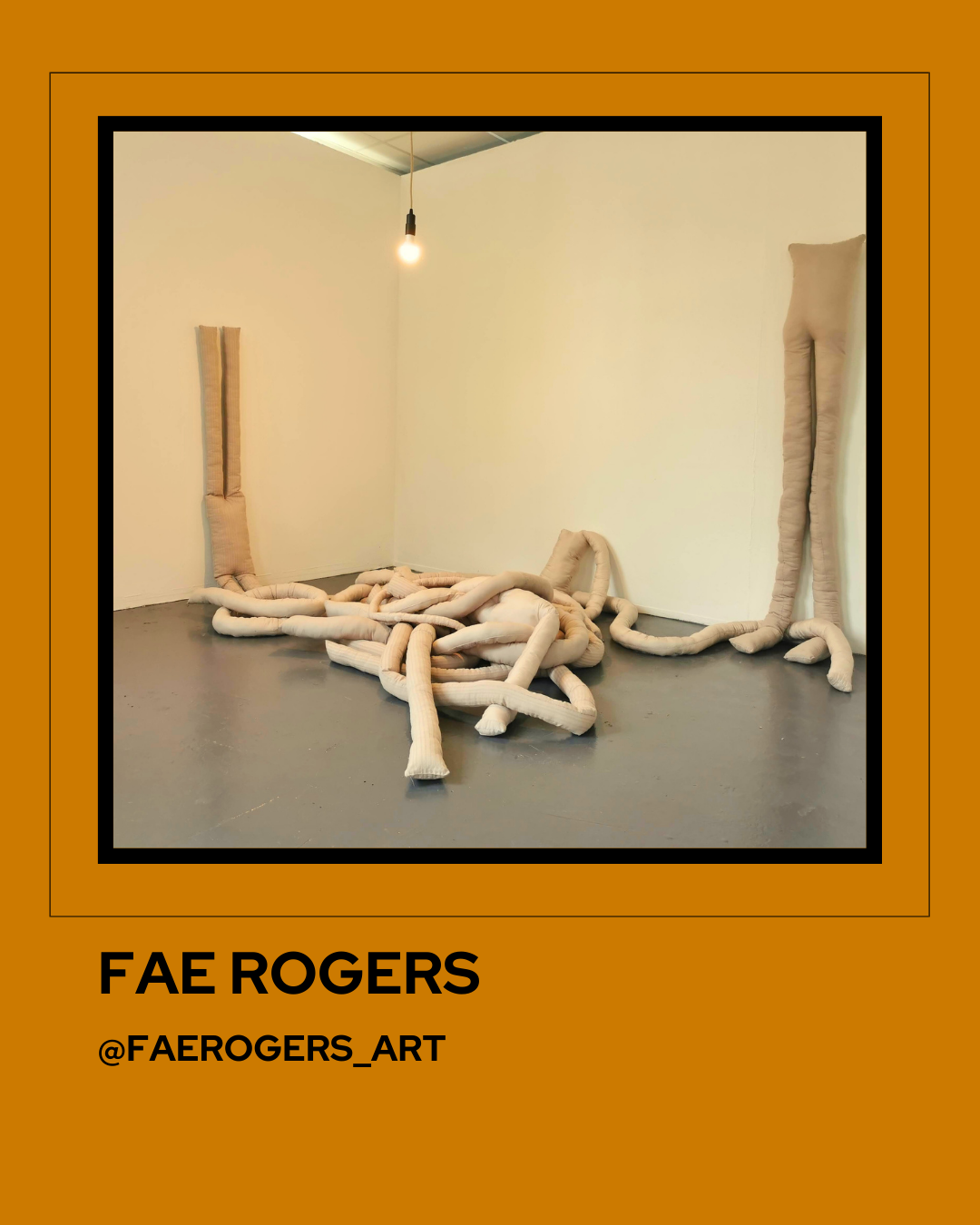
Fae Rogers is a textile artist who works with themes of the body and the bed in soft sculptural forms. The works are interactive pieces that use audience participation to emulate constant change and bring the forms closer to human beings. They repurpose fabrics and utilise sewing techniques to create their artwork.
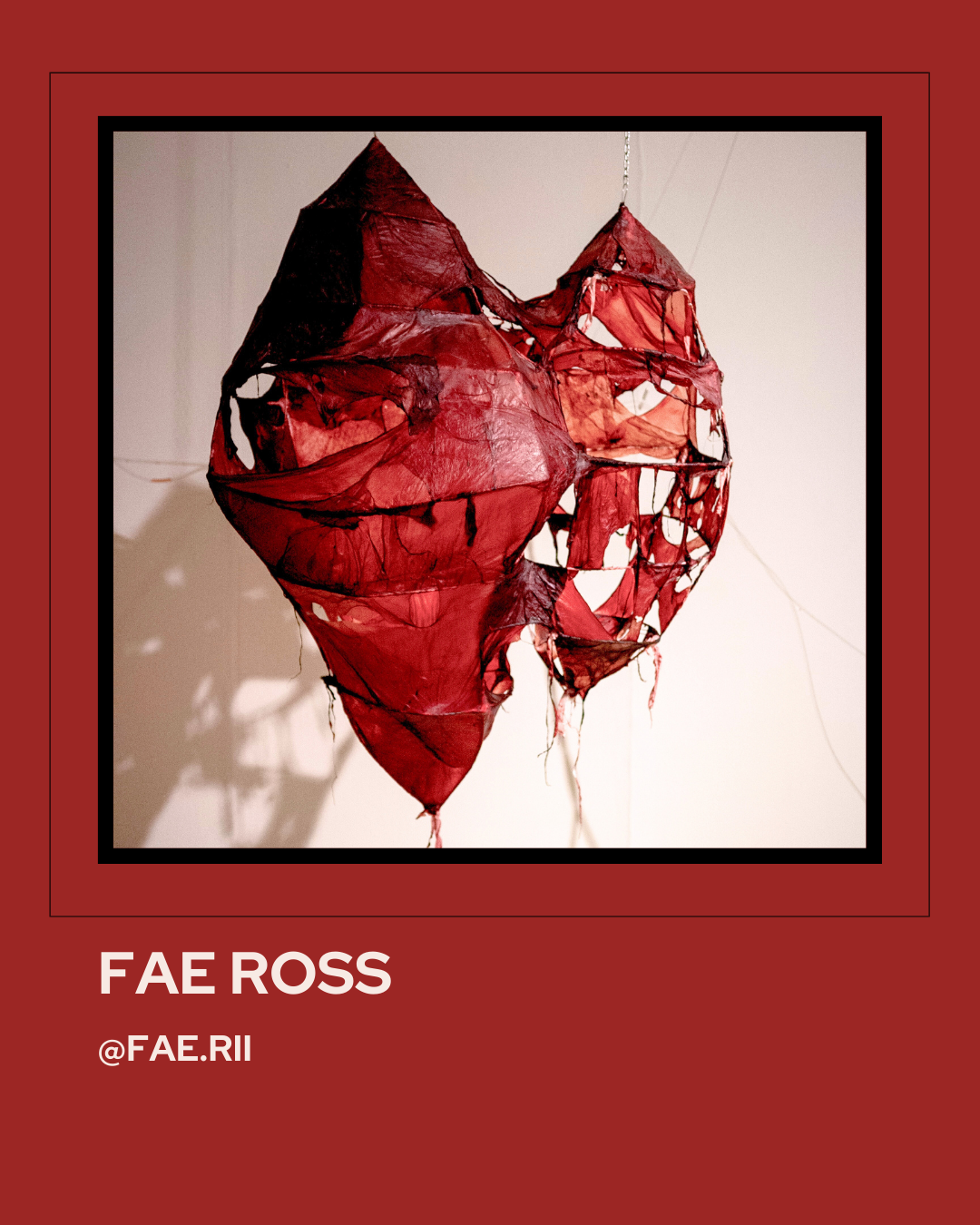
Fae Ross mythologises the body, embracing it as a site of transformation and transgression. The body’s territory becomes slippery, oozing unexpectedly or blending into that of other organisms. The written works of Donna Haraway and Julia Kristeva have influenced her approach, alongside lived experience of trauma and sexuality. She creates dark, feminised landscapes, which vitalise their inhabitants / performers – most recently, a fluid pocket reminiscent of both hive and uterus.
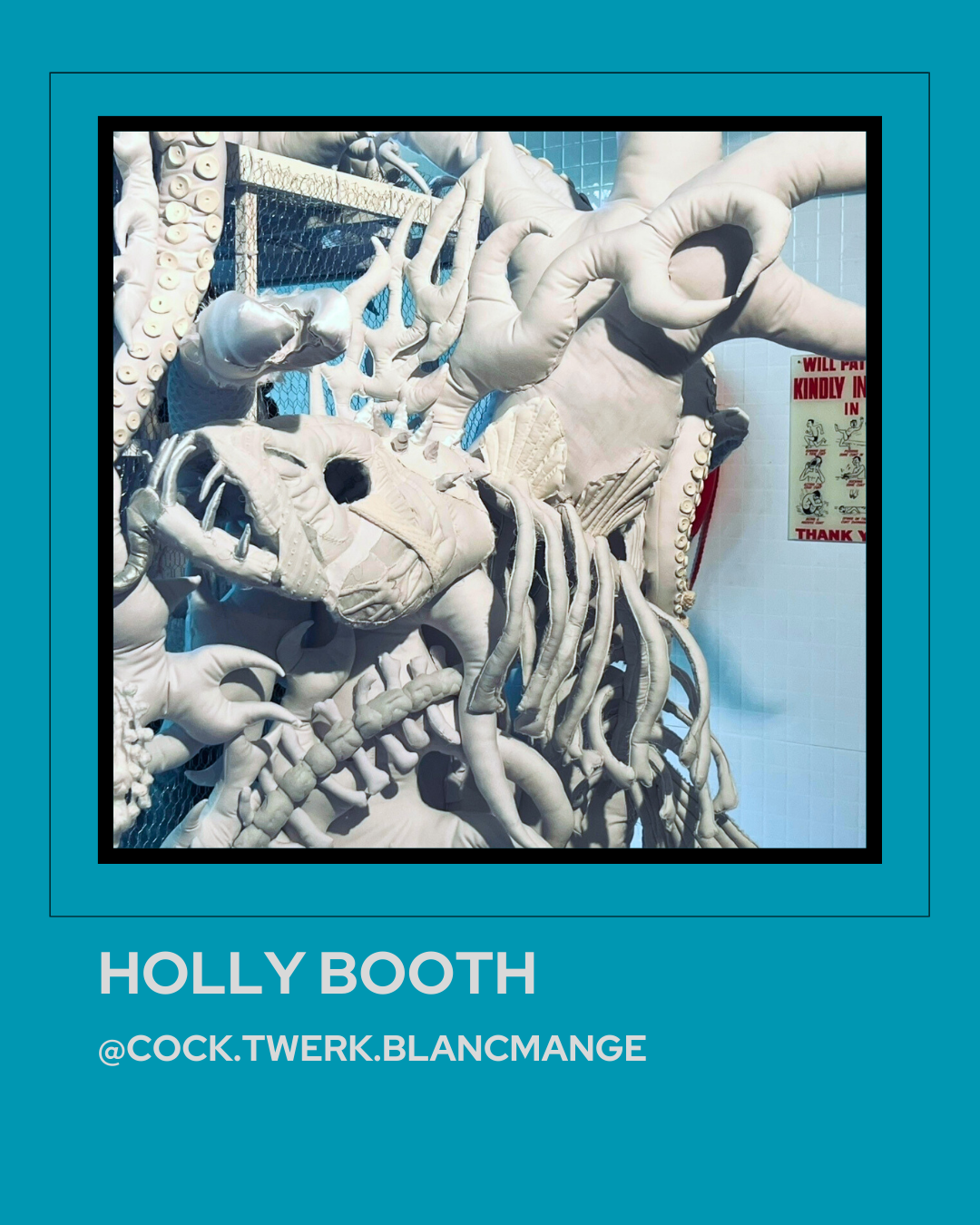
A queer, neurodivergent sculptor and textile artist, Holly Booth conjures installations where fabric mutates into flesh, into architecture, into threat. Her practice resists the urge to pathologize difference, weaving rebellion through concealment and reveal. Both outlander and jester, she reframes eccentricity as power, weaponizing “otherness” against the panopticon of norms. Shunning redundant aesthetics, she turns to the abject, letting works grow from fleeting sparks of psyche and intuition. Never premeditated, each piece unravels itself into being—until its “why” surfaces, only to vanish, and begin again.
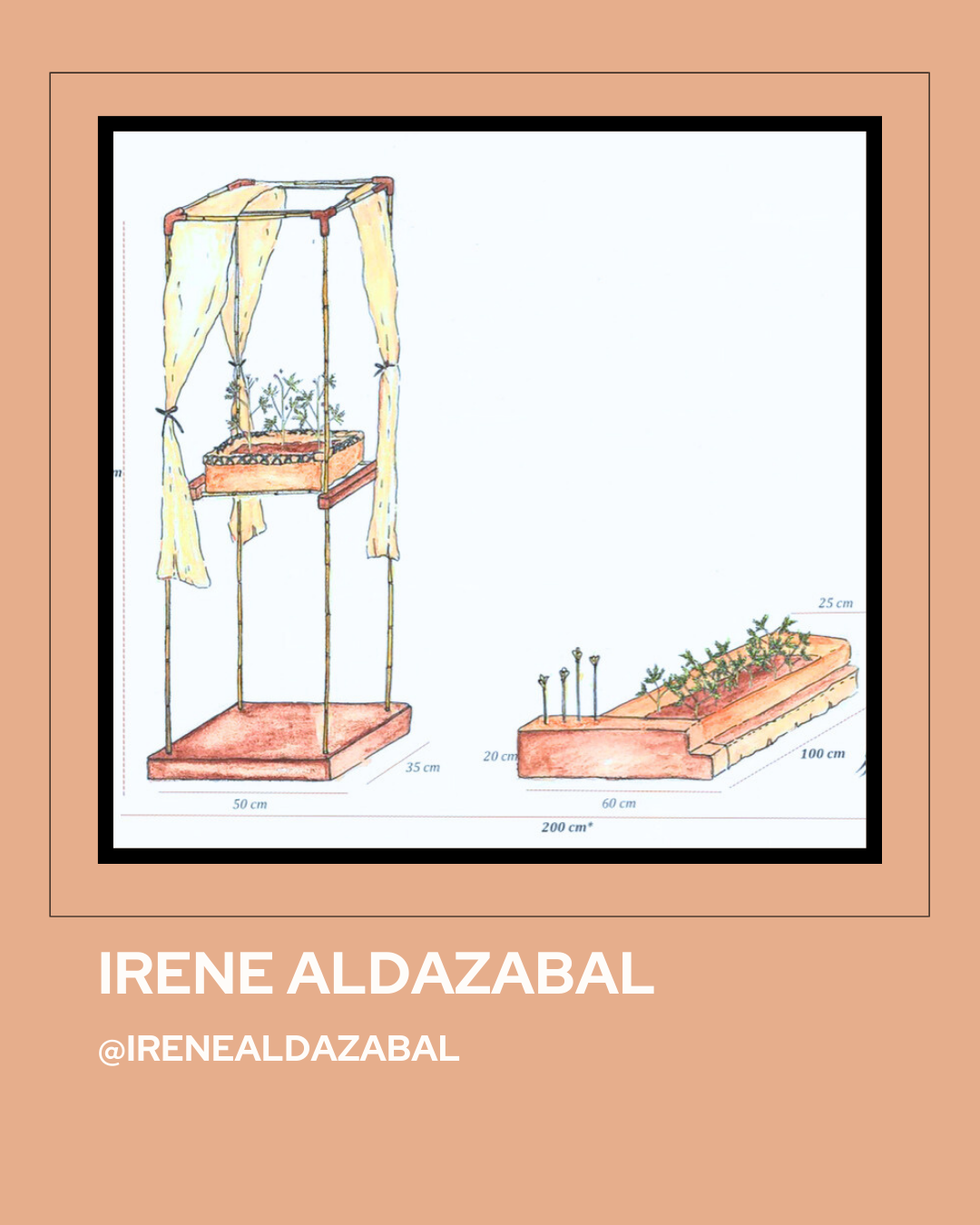
Irene Aldazabal is an Argentinian artist and practice-based researcher, living in Scotland. Through her sculptural practice she experiments with organic materials and seeks to stay close to living organisms such as fungi or plants, attempting to learn from and with them. She is currently pursuing her PhD at Edinburgh University, in cross-school collaboration between the College of Art (ECA) and the School of Biological Sciences, funded by the ECA PhD Scholarship. Her work has been shown internationally in exhibitions, talks and academic publications, including venues such as Fungaria (2024), Valencia Botanical Garden (2023), Hidden Door Festival (2023), MACLA Museo (2018) and journals such as EAR (2023) and post(s) (2022).”
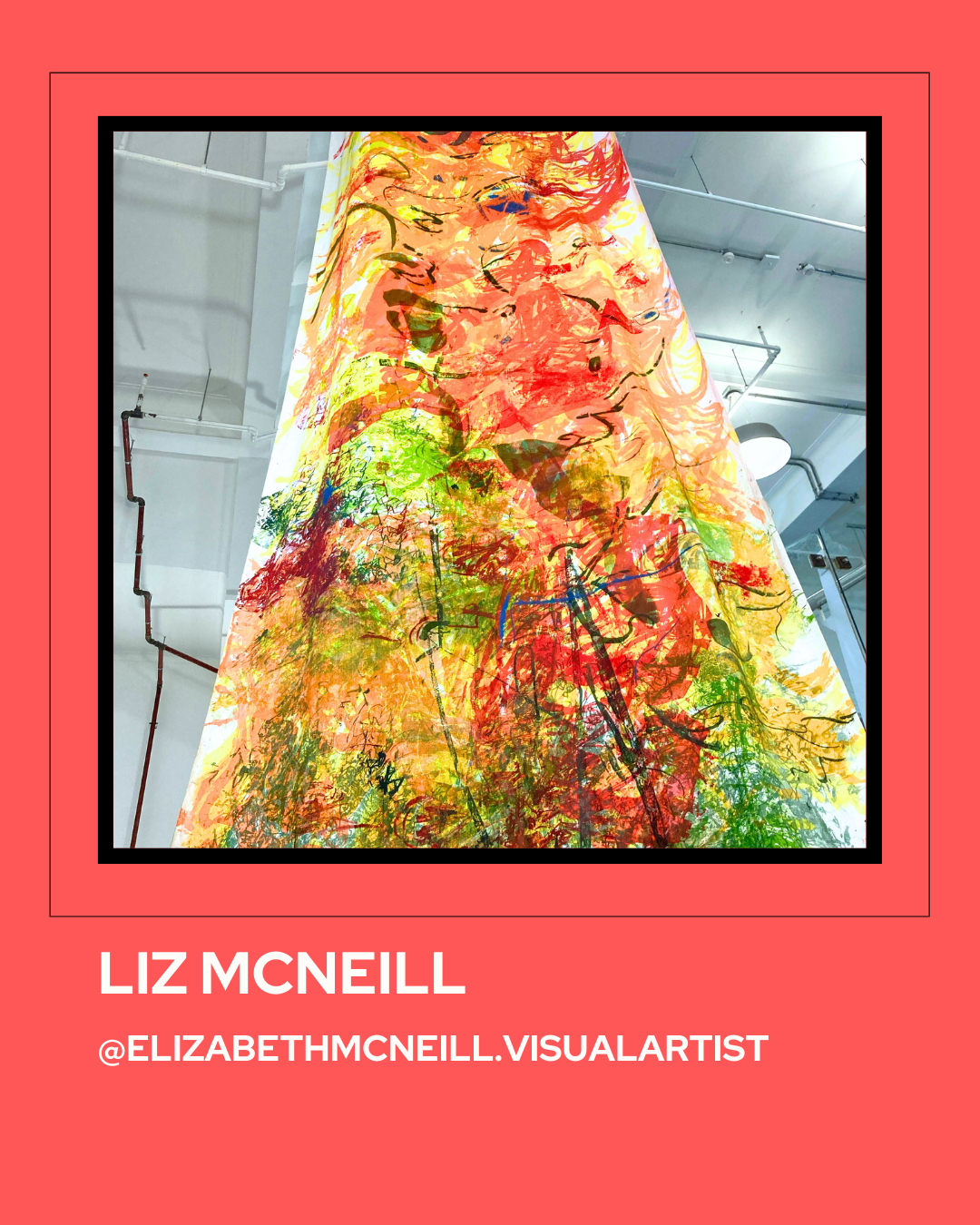
Liz McNeill is a visual artist based in Edinburgh, a recent graduate in Painting and Printmaking at the Glasgow School of Art. Her current material investigations examine the concept of moral injury, a topic of increasing global concern which captures the psychosocial consequences of involvement in and or exposure to morally or ethically transgressive events. She applies repeated cycles of painting and modulated layering to generate large scale painting and prints. By employing labour intensive processes and the physicality of large scale gestural mark making, Liz alludes to ‘overload’ of the workforce – resultant ‘professional erosion’ is further symbolised in cracked and reconstituted segments within complex layering of pigments in her works.
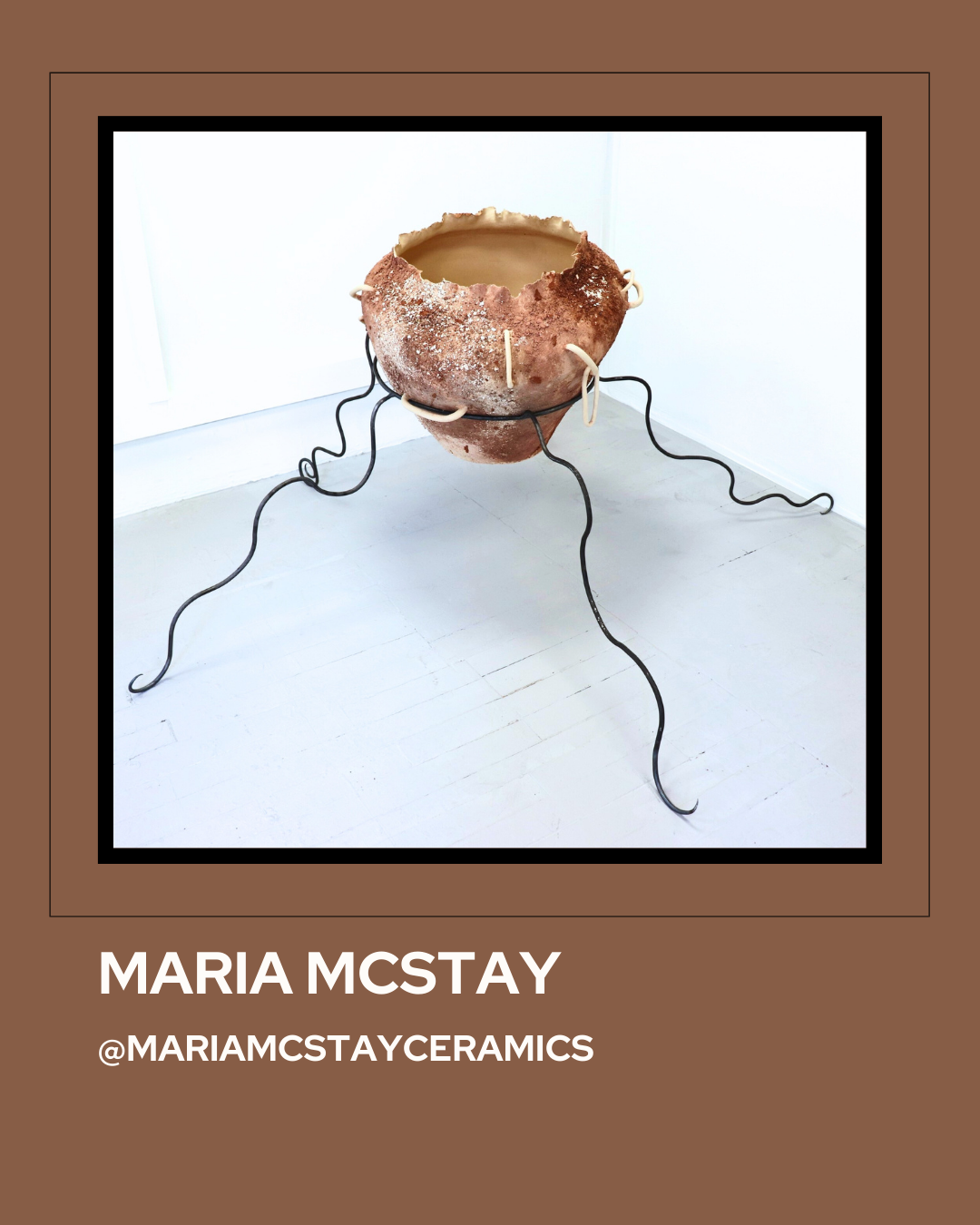
Maria McStay is an artist and sculptor from Northern Ireland, currently based in Edinburgh, Scotland. She recently graduated with a BA (Hons) in Sculpture from Edinburgh College of Art and is continuing her practice part-time.
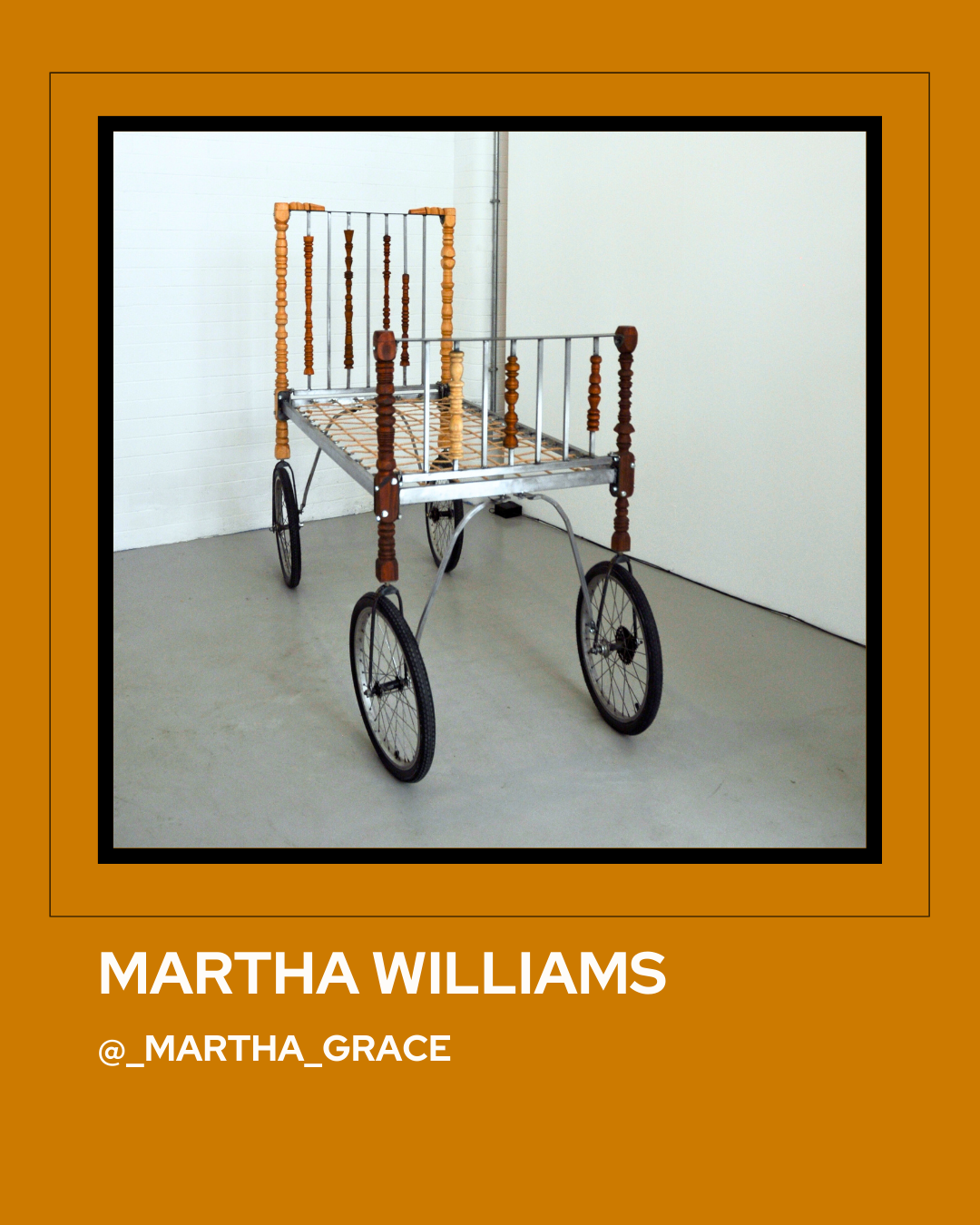
Martha Williams is an artist and maker based in Glasgow. Her work is an experimental merging of traditional craft, construction techniques and contemporary sculptural practice. It explores how objects can become uncanny subversions of themselves, containing the potential for playful narrative and performance. The usefulness versus uselessness of art objects is central. Martha enjoys creating her own bizarre language, drawing influences from folklore and storytelling to transform the familiar into something strange and offer ways of retelling what is known.
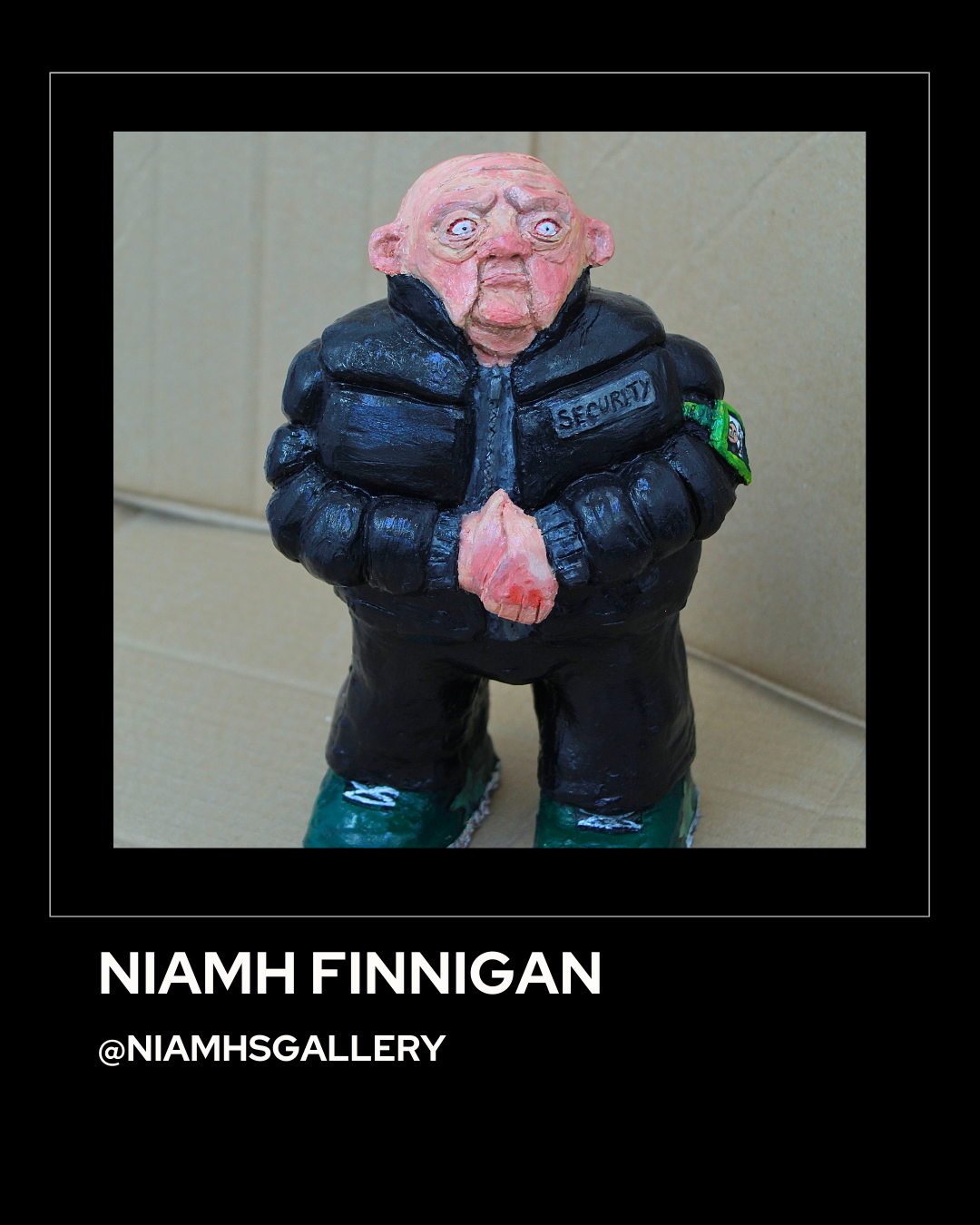
Niamh Finnigan‘s practice focuses on sculptural assemblages and “3D” paintings constructed from materials such as cardboard, clay, and other discarded items. These scrap materials are assembled into crude, deliberately garish sculptures then disguised with traditional mediums such as oil pastel and paint. This layering introduces an illustrative quality, reinforcing the narrative of the work and blurring the boundary between sculpture and painting. The work challenges traditional art conventions to provide sharp, humorous commentary on contemporary human behaviou. Niamh’s art is rooted in a candid portrayal of people, often shown in unflattering or morally ambiguous situations, subtly critiquing the social and ideological structures that shape society.
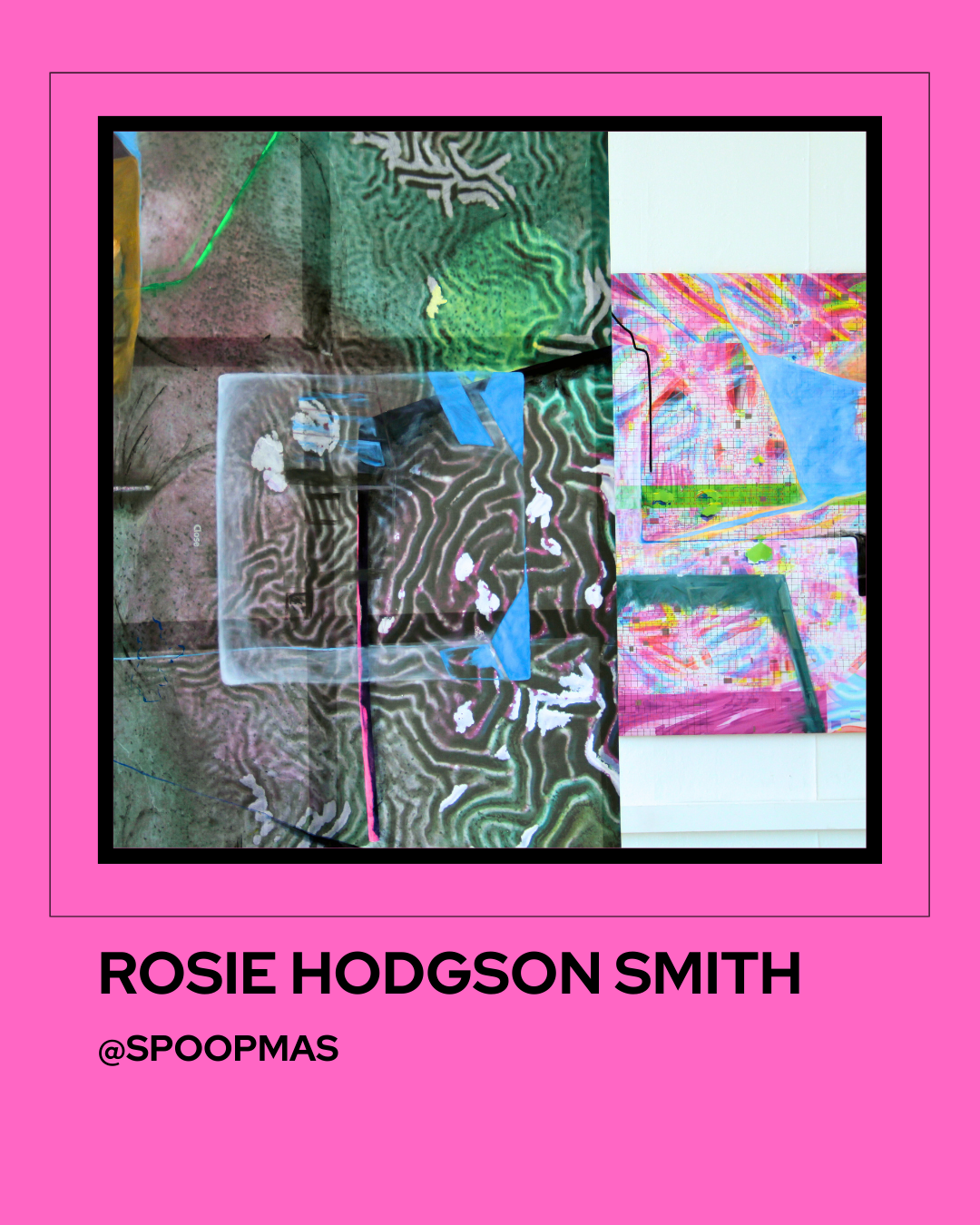
Rosie Hodgson Smith is a recent Edinburgh College of Art graduate, where her work has been selected for the Royal Scottish Academy’s New Contemporaries exhibition in 2026, the Battersea Affordable Art Fair in October 2025, and Longlisted for ArtEvol 2025 at the Saatchi Gallery. Now in the OuterSpaces network, Hodgson Smith practice creates digitally and physically remediated works. Using contemporary techniques, she presents speculative futures and possible pathways through digital landscapes and contemporary painting practices. Functioning as screens and palimpsests of the digital image age, the illusionary paintings are layered with internet archaeology utilising suggestions of image, infrastructure, and User Interfacing (UI).
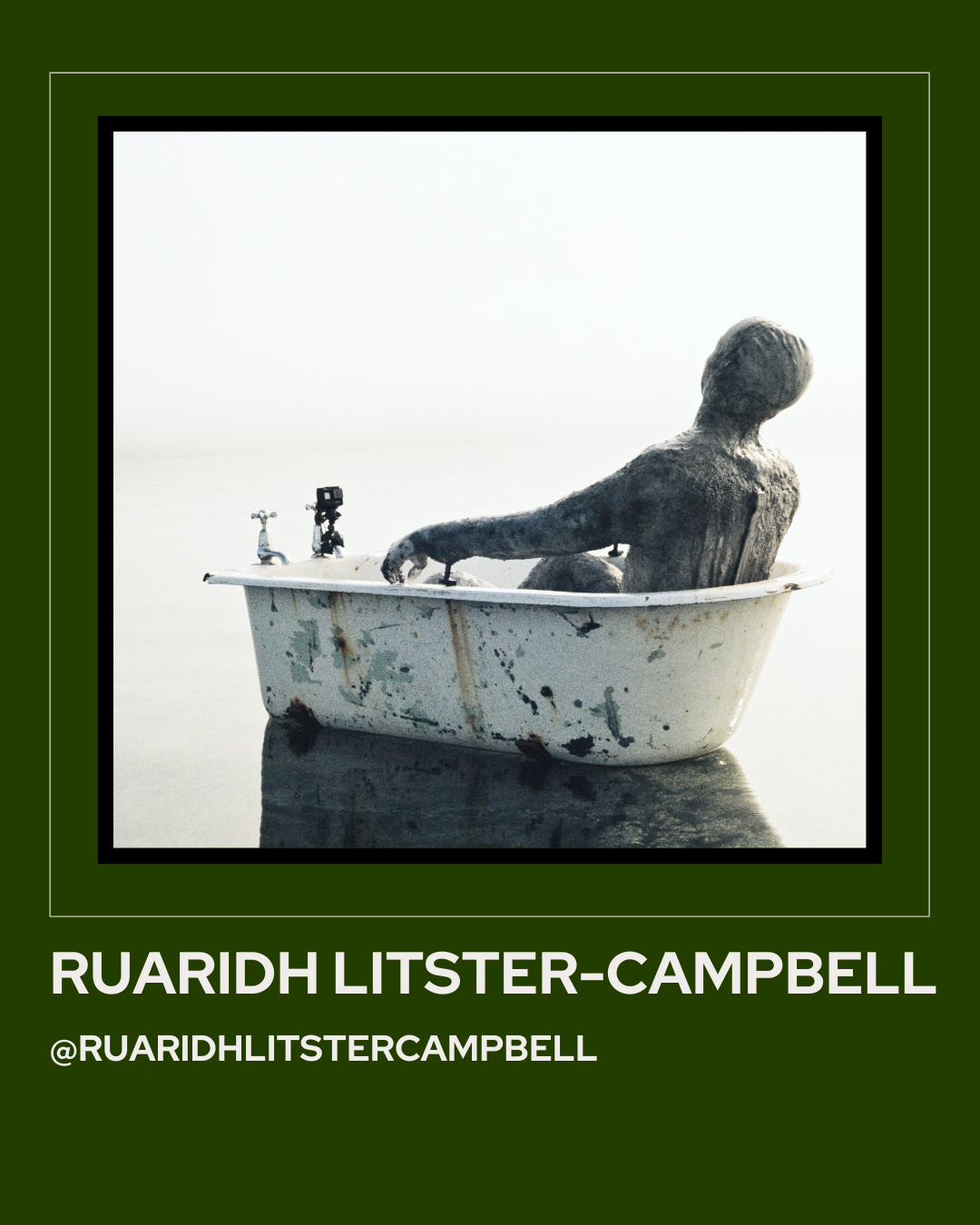
Ruaridh Litster-Campbell is a self taught multi-disciplinary artist based in Glasgow.
Working in paint, sculpture and metalwork, Litster-Campbell examines the process of self documentation, how we storify events and the act of repeated recollections.
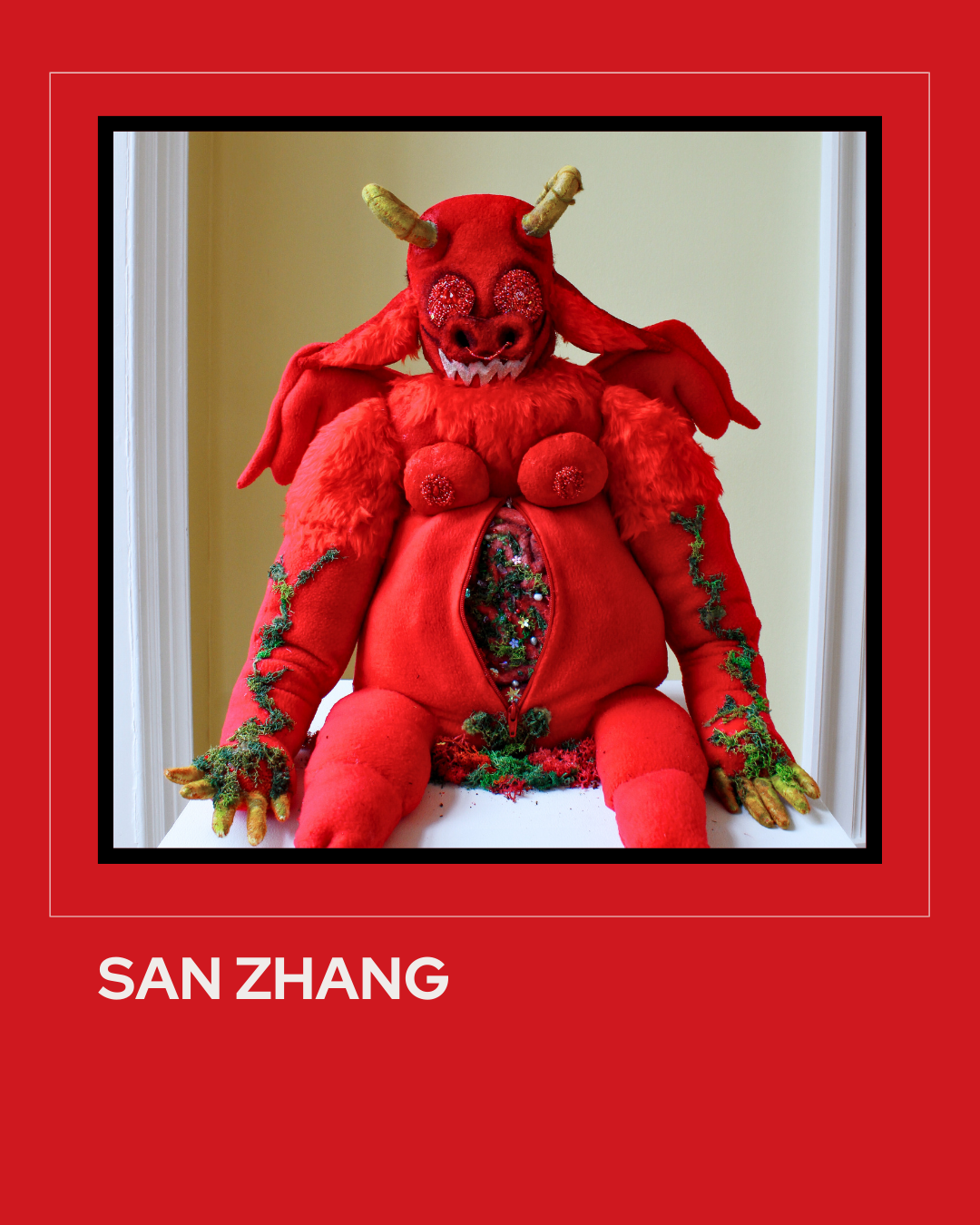
San Zhang is a Chinese interdisciplinary artist born in Spain and living in Scotland. San exists between mythologies, languages, and cultural ghosts. They build a world inhabited by hybrid beings such as aliens, mutants and queer deities, whose forms are shaped by Chinese mythology and neo-folklore, exploring queerness in folk tales that have been previously ignored by heteronormative patriarchal structures in society. Tradition is desecrated and reborn. They hybridize iconography with personal experience, narrating inner pictorial language through their sculptures.
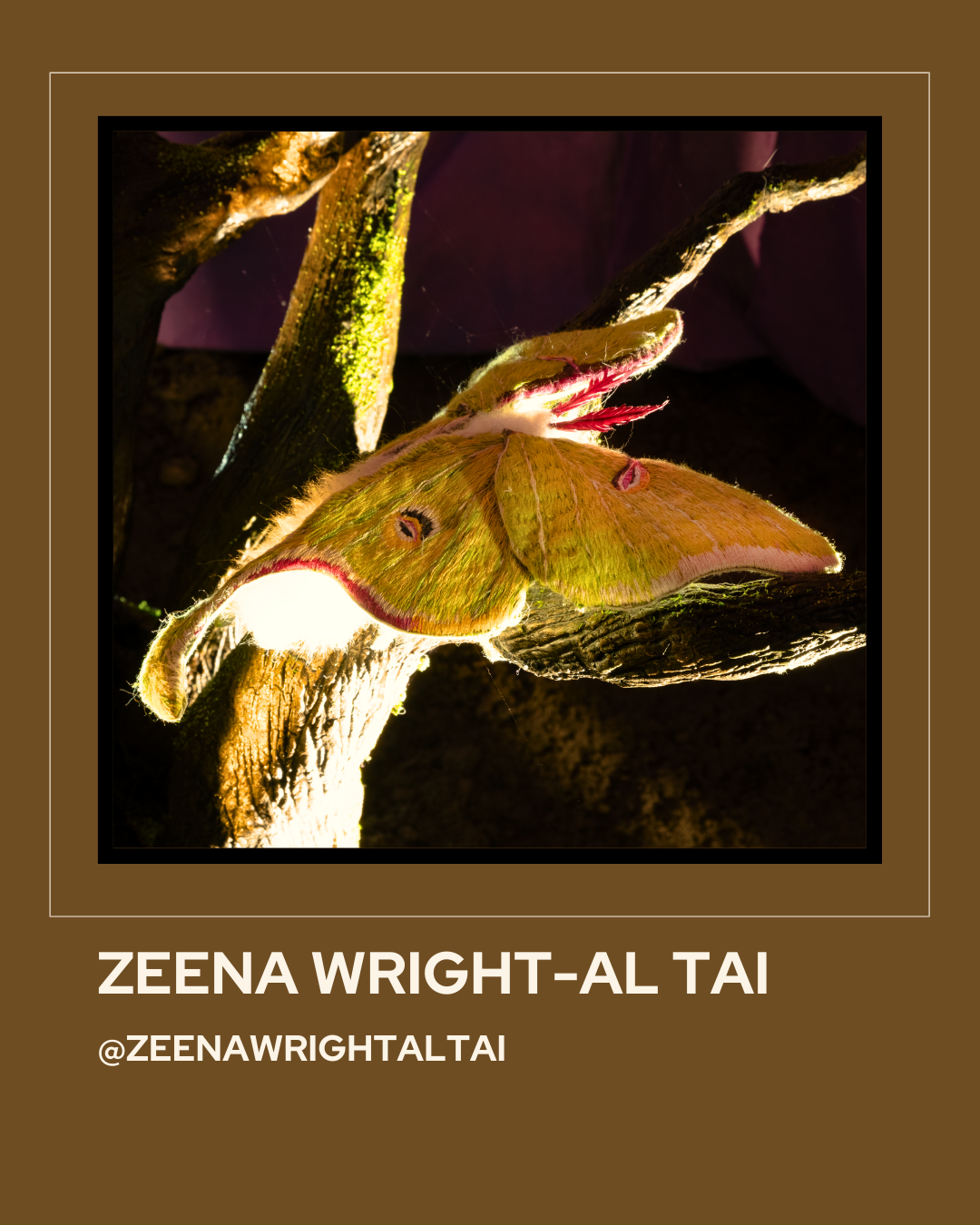
Zeena Wright-Al Tai is a multimedia artist and maker based between Glasgow and London, working across prop fabrication and textiles. Her practice blends mixed media to create fantastical environments and narrative scenes that explore themes of surrealism, solitude, folklore, and neo-colonialism. Wright-Al Tai earned an Associate of Arts in Fine Art from Parsons School of Design in 2017, before relocating to London, where she graduated with First Class Honours in BA Fine Art: Painting from Wimbledon College of Arts (UAL) in 2020. She went on to work as Events and Learning Coordinator at Camden Art Centre, and in 2024, completed her Master of Fine Art at the Glasgow School of Art with distinction.
